Lower back pain, often termed the "silent epidemic," goes beyond mere discomfort; it significantly impacts daily life. Defined as pain localized between the ribcage and the pelvis, it's a complex condition with multifaceted origins. Common contributors include muscle strain, disc issues, poor posture, a sedentary lifestyle, and the natural aging process. To truly address lower back pain, a comprehensive understanding of these causative factors is paramount.
What causes lower back pain?
Muscle Strain: One of the leading causes, muscle strain, results from overexertion or improper lifting. Statistics reveal that a significant percentage of lower back pain cases stem from muscular issues, underscoring the importance of preventive measures and proper body mechanics.
Disc Issues: Intervertebral discs act as cushions between vertebrae. When these discs degenerate or herniate, they can exert pressure on nerves, leading to lower back pain. Prevalence rates highlight the relevance of disc-related problems in the broader context of lower back pain.
Poor Posture: In an era dominated by sedentary jobs, poor posture emerges as a silent contributor. Slouching, hunching over screens, and other posture-related issues significantly increase the risk of lower back pain.
Sedentary Lifestyle: Modern lifestyles often involve extended periods of sitting, contributing to weakened muscles and increased vulnerability to lower back pain. This cause is particularly relevant in today's tech-driven world.
Aging and Degeneration: As we age, wear and tear on the spine become inevitable. Degenerative changes in the spine's structure, such as arthritis, can lead to chronic lower back pain. Understanding the role of aging in lower back pain is crucial for both prevention and management.
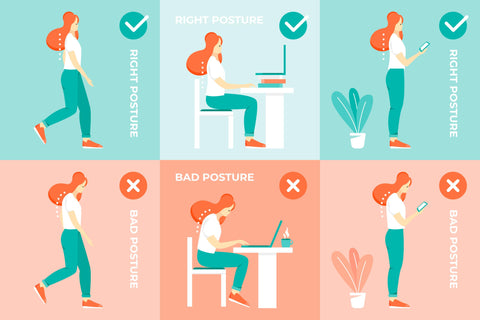
What are symptoms of lower back pain?
Lower back pain can manifest through a variety of symptoms, and the nature and intensity of these symptoms can vary depending on the underlying cause. Here are common symptoms associated with lower back pain:
Dull or Sharp Pain:
Persistent discomfort in the lower back region, ranging from a dull ache to a sharp, stabbing pain. The pain may be localized or radiate to other areas.
Muscle Tension and Spasms:
Tightness or spasms in the muscles of the lower back, which can contribute to increased discomfort and limited mobility.
Radiating Pain (Sciatica):
Pain that extends from the lower back down one or both legs is known as sciatica. This can be caused by compression or irritation of the sciatic nerve.
Stiffness and Limited Range of Motion:
Difficulty in bending, twisting, or standing up straight due to stiffness in the lower back. This can impact daily activities and overall flexibility.
Discomfort with Movement:
Pain that worsens with specific movements or activities, such as lifting, bending, or prolonged sitting or standing.
Pain that Improves with Rest:
Some individuals may experience relief when resting or lying down. However, prolonged periods of inactivity may contribute to stiffness.
Numbness or Tingling:
Sensations of numbness, tingling, or a "pins and needles" feeling, especially in the legs. This can be associated with nerve compression or irritation.
Weakness:
Weakness in the muscles of the lower back or legs, which can impact coordination and stability.
Pain Aggravated by Coughing or Sneezing:
Increased pain during coughing or sneezing, which may indicate pressure on the spinal discs or nerves.
Sleep Disturbances:
Difficulty finding a comfortable sleeping position, leading to disrupted sleep patterns and potential fatigue.
How to treat lower back pain?
Physical Therapy
Medications
Red Light Therapy
Exercise and Stretching
Lifestyle Modifications
Heat and Cold Therapy
Ergonomic Adjustments
Cognitive-Behavioral Therapy (CBT)
Injections
Surgical Interventions
Mind-Body Practices
Treatment and management concerns
Is sauna good for back pain?
Yes, sauna use can be beneficial for back pain. The heat promotes muscle relaxation, improves circulation, and may reduce pain and tension. However, individual responses vary, and those with certain medical conditions should consult a healthcare professional before using a sauna. Hydration and cautious use are crucial for safety.
Is a hot bath good for lower back pain?
Yes, a hot bath can be beneficial for lower back pain. The warmth helps relax muscles, reduce tension, and improve blood circulation. Adding Epsom salts may enhance the soothing effect. However, individuals with certain medical conditions should consult a healthcare professional before using hot baths for pain relief.
Is rowing good for back pain?
Rowing can be a beneficial exercise for back pain, as it engages various muscle groups while providing low-impact cardiovascular activity. It strengthens the back, core, and legs, promoting overall stability. However, individuals with existing back issues should consult a healthcare professional or fitness expert before starting a rowing routine to ensure it's suitable for their condition. Proper form and technique are crucial to avoid strain.
Is hydromassage good for back pain?
Hydromassage, which involves the use of water pressure and jets in a massage-like setting, can be beneficial for some individuals with back pain. The warm water and targeted pressure may help relax muscles, reduce tension, and promote overall relaxation. However, individual responses vary, and those with certain medical conditions should consult a healthcare professional before using hydromassage for pain relief.
Should I go to urgent care for back pain?
In most cases, mild back pain can be managed at home with rest, over-the-counter pain relievers, and gentle stretches. However, if you experience severe or persistent back pain, especially if it's accompanied by other symptoms like numbness, weakness, or bowel/bladder issues, it's advisable to seek medical attention. Urgent care or an emergency room visit may be necessary if the pain is sudden, intense, or linked to a recent injury. Always consult with a healthcare professional to determine the best course of action based on your specific situation.
Conclusion
It's important to note that lower back pain is a common health complaint, and many people experience it at some point in their lives. While most cases of lower back pain are not indicative of a serious medical condition, persistent or severe pain should be evaluated by a healthcare professional to determine the underlying cause and appropriate treatment. Treatment approaches for lower back pain may include rest, physical therapy, medications, lifestyle modifications, and, in some cases, surgical interventions.


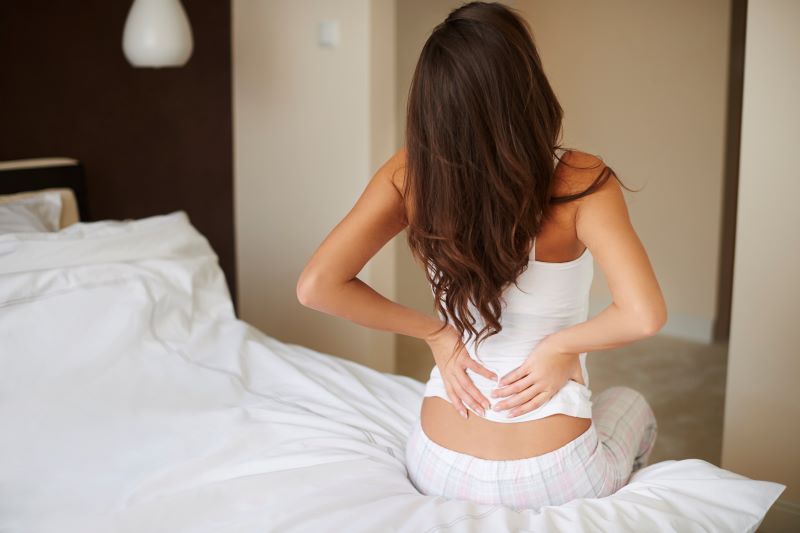
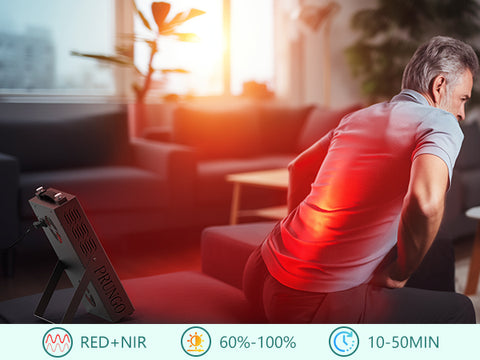
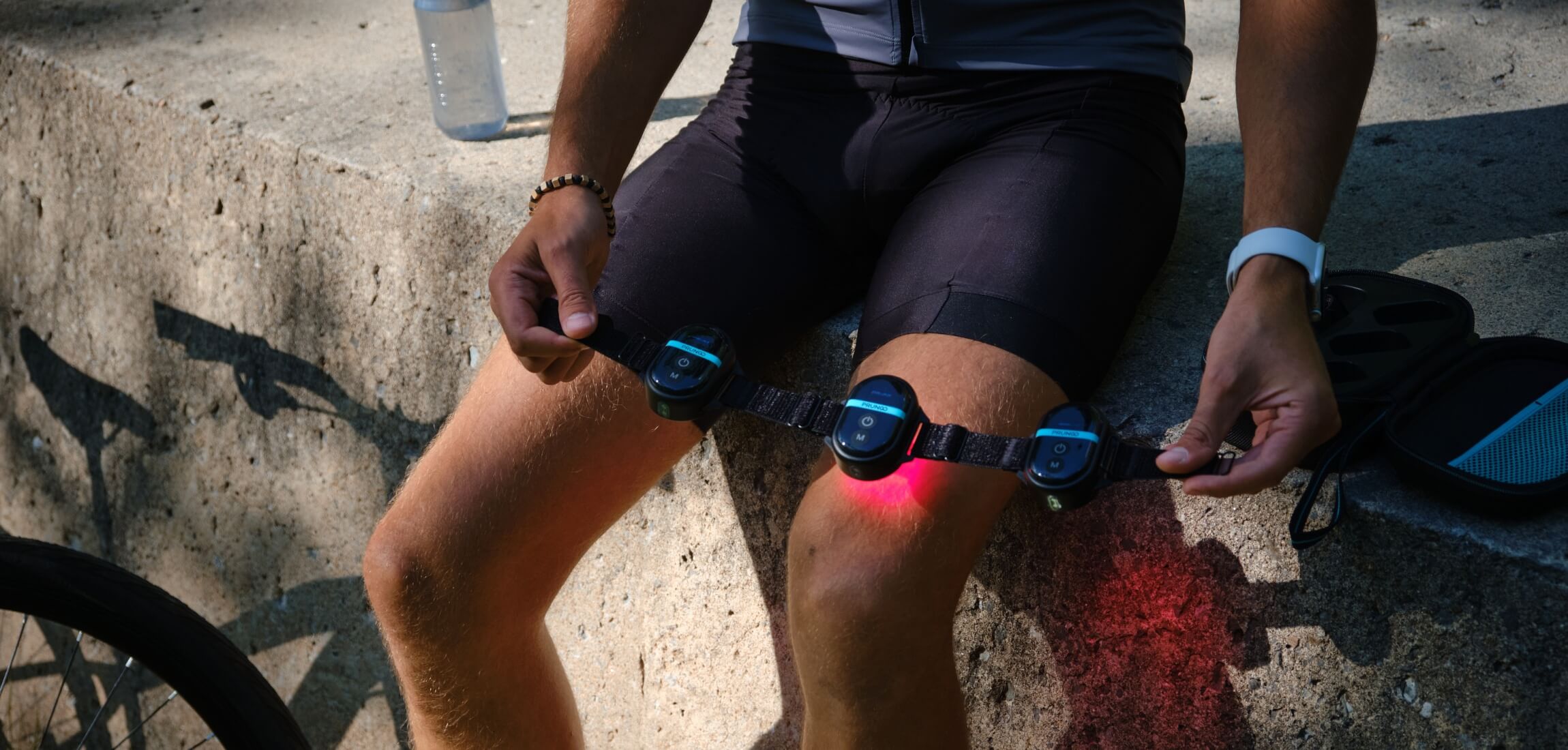

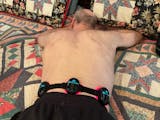









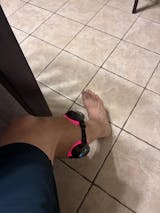
Share:
Shedding Light on the Future of Neurological Wellness
21 Benefits of Red and Infrared Light Therapy According to Science